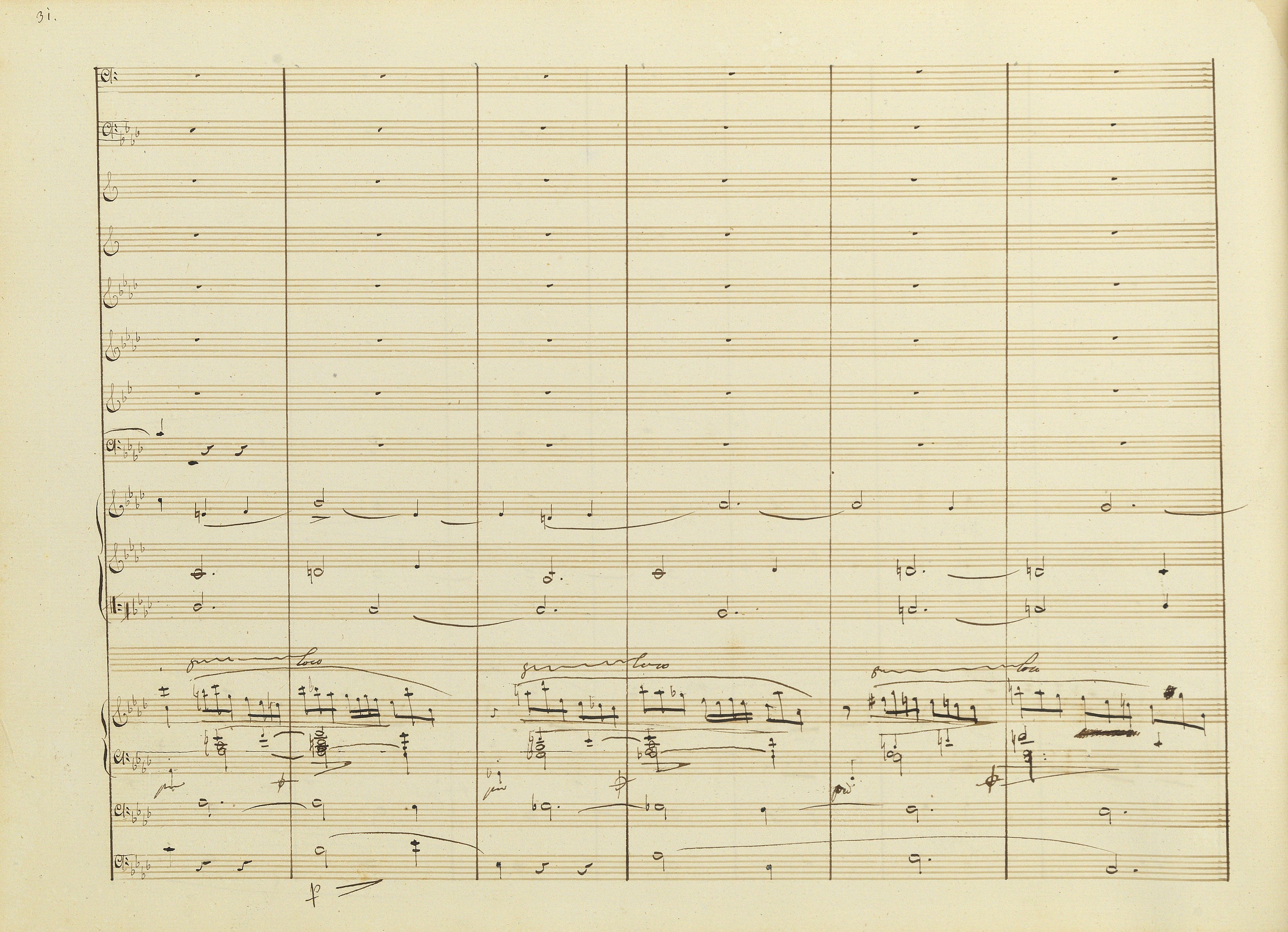Op. 2, Variations in B♭ major
Op. 10, 12 Etudes
Op. 11, Concerto in E minor
Op. 21, Concerto in F minor
Op. 22, Polonaise in E♭ major
Op. 24, 4 Mazurkas
Op. 25, 12 Etudes
Op. 26, 2 Polonaises
Op. 27, 2 Nocturnes
Op. 28, 24 Preludes
Op. 30, 4 Mazurkas
Op. 35, Sonata in B♭ minor
Op. 50, 3 Mazurkas
Op. 63, 3 Mazurkas
Op. 64, 3 Waltzes
(Op. 4), Sonata in C minor




Op. 21, Concerto in F minor, Mvt III
According to us, it is unclear whether the bar is to be considered analogous to bars 214 and 216 or to 219 and 220. In the first case, the sign written in A under the chord in the L.H. is to be considered a long accent; we assume this interpretation, resulting from the structure of the phrases in the R.H., in the main text. In the second case, the sign would be a diminuendo ( ), which, both here and in the next bars, has a function of an accent.
), which, both here and in the next bars, has a function of an accent.
Compare the passage in the sources »
category imprint: Graphic ambiguousness; Differences between sources
issues: Long accents
notation: Articulation, Accents, Hairpins



